|
Sugar substitutes, also referred to as artificial or non-nutritive sweeteners, are now found in a variety of food products and beverages. For years, there has been buzz around the benefits and adverse health effects of sugar alternatives like aspartame (Equal), saccharin (Sweet N’ Low), and sucralose (Splenda).
Let’s zoom in on one of the most widely used artificial sweeteners, sucralose (Splenda). Sucralose is made from sugar and is chemically altered to be 600x sweeter than sugar with very few calories. Splenda has gained popularity because you can cook with it and it has less of an aftertaste compared to many of its competitors. The effects of sucralose on our bodies, particularly related to blood sugar and weight management, are constantly evolving. The artificial sweetener may also impact the bacteria in our gut (our microbiome). So, here’s what we know thus far.
In short, we still have much to learn. It seems that consumption of sucralose (Splenda), does not bare significant risks to our health. That said, questions also remain about its benefit, particularly as a weight loss strategy. Since foods containing artificial sweeteners may also replace healthier options, it may be best to limit intake when possible. REFERENCES: Ahmad SY, Friel JK and DS Mackay. Effect of Sucralose and Aspartame on Glucose Metabolism and Gut Hormones. Nutrition Reviews. 2020; 78(9): 725–746. Bueno-Hernández, N et al. Chronic Sucralose Consumption Induces Elevation of Serum Insulin in Young Healthy Adults: A Randomized, Double Blind, Controlled Trial. Nutr J. 2020; 19(32). Cheon E, Reister EJ, Hunter SR and RD Mattes. Finding the Sweet Spot: Measurement, Modification, and Application of Sweet Hedonics in Humans. Advances in Nutrition. 2021; 12(6): 2358–2371. Honorio, AR, Soares, AF, Nunes de Lima, CD and AA Lima Tribst. Passion Fruit Nectar Sweetened with Stevia and Sucralose: Is Perception Affected by the Regular Consumption of Sweeteners or Diabetes? International Journal of Gastronomy and Food Science. 2021; 25: 100404. Méndez-García LA, et al. Ten-Week Sucralose Consumption Induces Gut Dysbiosis and Altered Glucose and Insulin Levels in Healthy Young Adults. Microorganisms. 2022; 10(2):434. Yunker, A, Alves J and S Luo. Obesity and Sex-related Associations with Differential Effects of Sucralose vs Sucrose on Appetite and Reward Processing. JAMA Netw Open. 2021;4(9):e2126313 By Rachel Sentchuk, MGH Dietetic Intern
0 Comments
Food fermentation has been practiced for thousands of years to preserve food past the growing season. Beyond the nutritional benefits of having more provisions available, the process of fermentation itself likely supported our ancestors’ health – and may offer us benefits too.
Research suggests consumption of fermented foods increases gut microbiome diversity, which is associated with healthy gut function and lower levels of circulating inflammatory compounds that can be markers of chronic disease. It is still unclear if this benefit is caused by the microbes present in fermented foods or if the fermented foods are feeding protective bacteria found in our intestines. Including fermented foods can also provide important nutrients, like calcium, and may help the body better absorb these necessary compounds. Fermented foods include yogurt, aged cheeses, miso, and fermented vegetables. Examples of fermented vegetables are items like kimchi and lacto-fermented sauerkraut found in the refrigerated section of the grocery store (not the canned shelf-stable variety). For optimal benefit, try adding kimchi or kraut to cold dishes like sandwiches, tacos, grain or pasta salads, or as a vegetable side at meals. Because these microbes are heat-sensitive, adding fermented vegetables to hot dishes may reduce gut diversity potential, but still offers flavor and nutrients. REFERENCES: Dimidi E, Cox SR, Rossi M, Whelan K. Fermented Foods: Definitions and Characteristics, Impact on the Gut Microbiota and Effects on Gastrointestinal Health and Disease. Nutrients. 2019;11(8):1806. Marco, ML, Sanders, ME, Gänzle, M, Arrieta, MC, Cotter, PD, De Vuyst, L, Hill, C, Holzapfel, W, Lebeer, S, Merenstein, D, Reid, G, Wolfe, BE, & Hutkins, R. The International Scientific Association for Probiotics and Prebiotics (ISAPP) Consensus Statement on Fermented Foods. Nature Reviews Gastroenterology and Hepatology. 2021; 18: 196-208. Valdes, AM, Walter, J, Segal, E, & Spector, TD. Role of the Gut Microbiota in Nutrition and Health. BMJ. 2018; 361:k2179. Wastyk, HC, et al. Gut-Microbiota-Targeted Diets Modulate Human Immune Status. Cell. 2021;184(16):4137-4153 By Lauren Kirby, Dietetic Intern It’s the holiday season! Cue the seasonal parties and increased stress. Many may find themselves reaching for one alcoholic drink too many during this time of year. In fact, a quarter of the profits from spirits come from the period between Thanksgiving and the new year.
But what impact might this have on our health? Research has shown that heavy drinking is associated with an increased risk of developing over 200 medical conditions including liver disease and cancer. It also increases risk of stroke and can raise blood pressure. The recommended intake for alcohol is no more than two drinks or less for men and one drink or less for women per day. Alcoholic beverages supply calories but very little nutritional value, so moderation is important for overall health. If you choose to drink during this holiday season, here are some tips on how to sip smarter:
REFERENCES: Dietary Guidelines for Americans, 2020-2025 . Food and Nutrition Service United States Department of Agriculture. Accessed November 29, 2021. Editorial Staff. Holiday binge drinking: Statistics & data. American Addiction Centers. Published April 7, 2020. Accessed November 29, 2021. O’Keefe JH, Bhatti SK, Bajwa A, DiNicolantonio JJ, Lavie CJ. Alcohol and Cardiovascular Health: The dose makes the poison…or the remedy. Mayo Clinic Proceedings. 2014;89(3):382-393. Poppitt S. Beverage Consumption: Are alcoholic and sugary drinks tipping the balance towards overweight and obesity? Nutrients. 2015;7(8):6700-6718. By Lola Horton, MGH Dietetic Intern MGH Cranberries make a guest appearance at holiday tables, but tend to be forgotten as soon as the season passes. However, the benefits of these nutrient-dense fruits make cranberries worth eating year-round.
Cranberries are rich in plant-compounds known as flavonoids, which not only give the fruit its signature red color, but also may promote cardiovascular health and reduce inflammation in the body. Studies have shown that regularly consuming cranberries (and cranberry juice) helps to manage cholesterol, lower blood pressure, and improve blood flow, all of which are beneficial for heart health. Additionally, research suggests the active plant compounds in cranberries fight oxidative damage in the body and may help to reduce inflammation. Find yourself with leftover cranberries after Thanksgiving? Eat them or freeze them for future use. Here are some ways to include more cranberries into your diet:
REFERENCES Chew B, Mathison B, Kimble L, et al. Chronic consumption of a low calorie, high polyphenol cranberry beverage attenuates inflammation and improves glucoregulation and HDL cholesterol in healthy overweight humans: a randomized controlled trial. Eur J Nutr. 2019;58(3):1223-1235 McKay DL, Blumberg JB. Cranberries (Vaccinium macrocarpon) and cardiovascular disease risk factors. Nutr Rev. 2007;65(11):490-502. Novotny JA, Baer DJ, Khoo C, Gebauer SK, Charron CS. Cranberry juice consumption lowers markers of cardiometabolic risk, including blood pressure and circulating C-reactive protein, triglyceride, and glucose concentrations in adults. J Nutr. 2015;145(6):1185-1193. Ruel G, Pomerleau S, Couture P, Lemieux S, Lamarche B, Couillard C. Favourable impact of low-calorie cranberry juice consumption on plasma HDL-cholesterol concentrations in men. Br J Nutr. 2006;96(2):357-364. Ruel G, Pomerleau S, Couture P, Lemieux S, Lamarche B, Couillard C. Low-calorie cranberry juice supplementation reduces plasma oxidized LDL and cell adhesion molecule concentrations in men. Br J Nutr. 2008;99(2):352-359. By Morgan Dunn, MS, MGH Dietetic Intern There’s no denying it - pumpkin season is back! These days you can find pumpkin in everything from ice cream to alfredo sauce. But do these pumpkin options offer any benefit to our health? It depends. Pumpkin, a type of winter squash, has an impressive nutrient profile, with benefits ranging from skin and eye health to immune support and heart benefits. A 1-cup serving of pumpkin contributes several key nutrients:
When evaluating festive fall foods, look for pumpkin as one of the first few ingredients listed on a food label. (Sadly, pumpkin ice cream usually has more cream and sugar than pumpkin.) Or try this creamy pasta fettuccini as a comforting way to celebrate the health benefits of pumpkin. REFERENCES: Pumpkin, cooked, boiled, drained, without salt. Cronometer. 2021. Soliman GA. Dietary Fiber, Atherosclerosis, and Cardiovascular Disease. Nutrients. 2019;11(5):1155. Vitamin A: Fact Sheet for Consumers. National Institutes of Health: Office of Dietary Supplements. 2021. Young AJ and Lowe GL. Carotenoids-Antioxidant Properties. Antioxidants. 2018;7(2):28. By Deanna Nappi, MS, MGH Dietetic Intern Spices add flavor, but they can also offer up health benefits. Cinnamon and turmeric are two examples that don't require a lot of prep to incorporate into your diet.
Don’t Wait for Pumpkin Spice Season Consuming the equivalent of at least 1 teaspoon of cinnamon a day has been associated with lowered blood sugar and cholesterol in people with diabetes. Cinnamon can also be used as an alternative to sugar to add flavor to food. Sprinkle cinnamon into …
Try it the savory way! Add it to …
And try this recipe: Spiced-Pumpkin Smoothie Pair Turmeric with Black Pepper Turmeric contains curcumin, a protective plant compound that has been associated with lowered triglycerides (a type of fat in the blood that may contribute to heart attacks), decreased inflammation in patients with high blood pressure or blood sugar, and less arthritis pain. Although powerful, curcumin is not easily absorbed by the body. To increase absorption, add black pepper. To add turmeric to your diet ...
And try this recipe: Red Lentil Dal REFERENCES Carlsen MH, Halvorsen BL, Holte K, Bøhn SK, Dragland S, Sampson L, Willey C, Senoo H, Umezono Y, Sanada C, Barikmo I. The total antioxidant content of more than 3100 foods, beverages, spices, herbs and supplements used worldwide. Nutrition Journal. 2010;9(1): 3. Gupta, S. C., Patchva, S., & Aggarwal, B. B. Therapeutic roles of curcumin: lessons learned from clinical trials. The AAPS Journal. 2013; 15(1): 195–218. Hewlings, S. J., & Kalman, D. S. Curcumin: a review of its effects on human health. Foods. 2017; 6(10): 92. Khan A, Safdar M, Muzaffar M, Nawaz K, Anderson RA. Cinnamon improves glucose and lipids of people with type 2 diabetes. Diabetes Care. 2003; 26 (12): 3215-3218. Kizilaslan N, Erdem NZ. The effect of different amounts of cinnamon consumption on blood glucose in healthy adult individuals. Int J Food Sci. 2019; 4138534. Paultre K, Cade W, Hernandez D, et al. Therapeutic effects of turmeric or curcumin extract on pain and function for individuals with knee osteoarthritis: a systematic review. BMJ Open Sport & Exercise Medicine. 2021;7(1). Zare R, Nadjarzadeh A, Zarshenas MM, Shams M, Heydari M. Efficacy of cinnamon in patients with type II diabetes mellitus: A randomized controlled clinical trial. Clin Nutr. 2019;38(2):549-556. By Chessie Cox, MGH Dietetic Intern Hunger and fullness feel different for everyone, but the more we understand our own cues the more we can trust our bodies to tell us what we need.
What, when, and how much we eat is determined by both internal and external factors. Responding to your body’s physiological hunger or fullness is an internal factor. External influences that impact eating habits include traditional meal times, food availability, others eating around you, packaging, plate shape and size, lighting, and smells. Over time, the more we adapt to external cues the less in touch we are with physical cues. Learning to listen to physical hunger and fullness signals can lead to better weight control. Physical Hunger Cues Can Include:
Did you know: excessive or prolonged hunger and dieting is associated with decreased energy expenditure and weight gain? To Better Listen to Your Fullness Cues:
REFERENCES Ciampolini M, Lovell-Smith D, Sifone M. Sustained self-regulation of energy intake. Loss of weight in overweight subjects. Maintenance of weight in normal-weight subjects. Nutr Metab (Lond). 2010;7:4. Outland L, Rust F. Why disrupt homeostasis? Reasons given for not eating when hungry and not stopping when full. Holist Nurs Pract. 2013;27(4):239-245. Wansink B, Sobal J. Mindless Eating: The 200 Daily Food Decisions We Overlook. Environment and Behavior. 2007; 39(1):106-123. Wansink B, Payne CR, Chandon P. Internal and external cues of meal cessation: the French paradox redux? Obesity (Silver Spring). 2007;15(12):2920-2924. By Alex Cauley, MS, MGH Dietetic Intern Eating more vegetables can help with weight management. Vegetables may also reduce the risk of heart disease and diabetes (along with other supportive foods like whole grains, nuts, and seeds). This doesn’t mean just eating salads - check out these tips for getting more veggies by including them in the foods you already love.
REFERENCES Dreher ML, Ford NA. A Comprehensive Critical Assessment of Increased Fruit and Vegetable Intake on Weight Loss in Women. Nutrients. 2020;12(7): 1919. Published 2020 Jun 29. Milenkovic T, Bozhinovska N, Macut D, et al. Mediterranean Diet and Type 2 Diabetes Mellitus: A Perpetual Inspiration for the Scientific World. A Review. Nutrients. 2021;13(4): 1307. Published 2021 Apr 15. Romagnolo DF, Selmin OI. Mediterranean Diet and Prevention of Chronic Diseases. Nutr Today. 2017;52(5): 208-222. By Brigit Hadam, MGH Dietetic Intern Eating more plant-based protein is associated with lower rates of premature death and reduced risk of chronic diseases, such as heart disease and diabetes.
Most of the vegetable burgers found in grocery stores contain a protein source made from soy or peas and contain more fiber and less saturated fat compared to grilled meats, like hot dogs or hamburgers. These plant-based burgers can also be a good way to include protein and fiber in your diet. Protein and fiber play a role in satiety, helping to promote fullness. They can also help with weight loss. When looking through the aisles, opt for plant-based burgers that contain protein and fiber (select options with at least 3 grams of fiber per burger). Here are a few to consider:
Contains: 12 grams of protein and 3 grams of fiber
Contains: 26 grams of protein and 4 grams of fiber
Contains: 19 grams of protein and 7 grams of fiber
Contains: 12 grams of protein and 3 grams of fiber Note: MGH does not endorse or promote any specific brands - this list is for educational purposes. REFERENCES: Ahnen, RT, Satya SS, and JL Slavin, Role of plant protein in nutrition, wellness, and health. Nutrition Reviews. 2019; 77(11): 735–747. Crimarco, A, et al. A randomized crossover trial on the effect of plant-based compared with animal-based meat on trimethylamine-N-oxide and cardiovascular disease risk factors in generally healthy adults: study with appetizing plantfood—meat eating alternative trial (SWAP-MEAT), The American Journal of Clinical Nutrition. 2020; 112(5): 1188–1199. By Caleigh Collamer, MGH Dietetic Intern Chia seeds have a long history in Aztec and Mayan culture, touted for their ability to provide nutrition and sustainable energy. Quite fittingly, “chia ” is the Mayan word for “strength.”
Chia seeds are a versatile, nutrient-packed seed rich in fiber and a heart-healthy plant-based omega-3 fat called alpha-linolenic acid or ALA. They also are a source of minerals like magnesium and calcium, two nutrients necessary for strong bones. Chia seeds may help lower blood sugar and reduce heart disease risk factors. One study showed individuals with diabetes who ate about 3 tablespoons of chia seeds daily for 6 months lost more weight than those who didn’t. Other studies have linked chia seeds with a reduction in blood pressure. Want to include more chia seeds into your diet? You can start by:
REFERENCES: Ho H, Lee AS, Jovanovski E, Jenkins AL, Desouza R, Vuksan V. Effect of whole and ground Salba seeds (Salvia Hispanica L.) on postprandial glycemia in healthy volunteers: a randomized controlled, dose-response trial. Eur J Clin Nutr. 2013; 67(7): 786-8. Toscano LT, da Silva CS, Toscano LT, de Almeida AE, Santos Ada C, Silva AS. Chia flour supplementation reduces blood pressure in hypertensive subjects. Plant Foods Hum Nutr. 2014 Dec; 69(4):392-8. Vuksan V, Choleva L, Jovanovski E, Jenkins AL, Au-Yeung F, Dias AG, Ho HV, Zurbau A, Duvnjak L. Comparison of flax (Linum usitatissimum) and Salba-chia (Salvia hispanica L.) seeds on postprandial glycemia and satiety in healthy individuals: a randomized, controlled, crossover study. Eur J Clin Nutr. 2017;71(2):234-238. Vuksan V, Jenkins AL, Brissette C, Choleva L, Jovanovski E, Gibbs AL, Bazinet RP, Au-Yeung F, Zurbau A, Ho HV, Duvnjak L, Sievenpiper JL, Josse RG, Hanna A. Salba-chia (Salvia hispanica L.) in the treatment of overweight and obese patients with type 2 diabetes: A double-blind randomized controlled trial. Nutr Metab Cardiovasc Dis. 2017; 27(2):138-146. Vuksan V, Jenkins AL, Dias AG, Lee AS, Jovanovski E, Rogovik AL, Hanna A. Reduction in postprandial glucose excursion and prolongation of satiety: possible explanation of the long-term effects of whole grain Salba (Salvia Hispanica L.). Eur J Clin Nutr. 2010; 64(4):436-8. Vuksan V, Whitham D, Sievenpiper JL, Jenkins AL, Rogovik AL, Bazinet RP, Vidgen E, Hanna A. Supplementation of conventional therapy with the novel grain Salba (Salvia hispanica L.) improves major and emerging cardiovascular risk factors in type 2 diabetes: results of a randomized controlled trial. Diabetes Care. 2007; 30(11): 2804-10. By Sydney Duong, Dietetic Intern |
TOPICS
All
Archives
December 2023
|
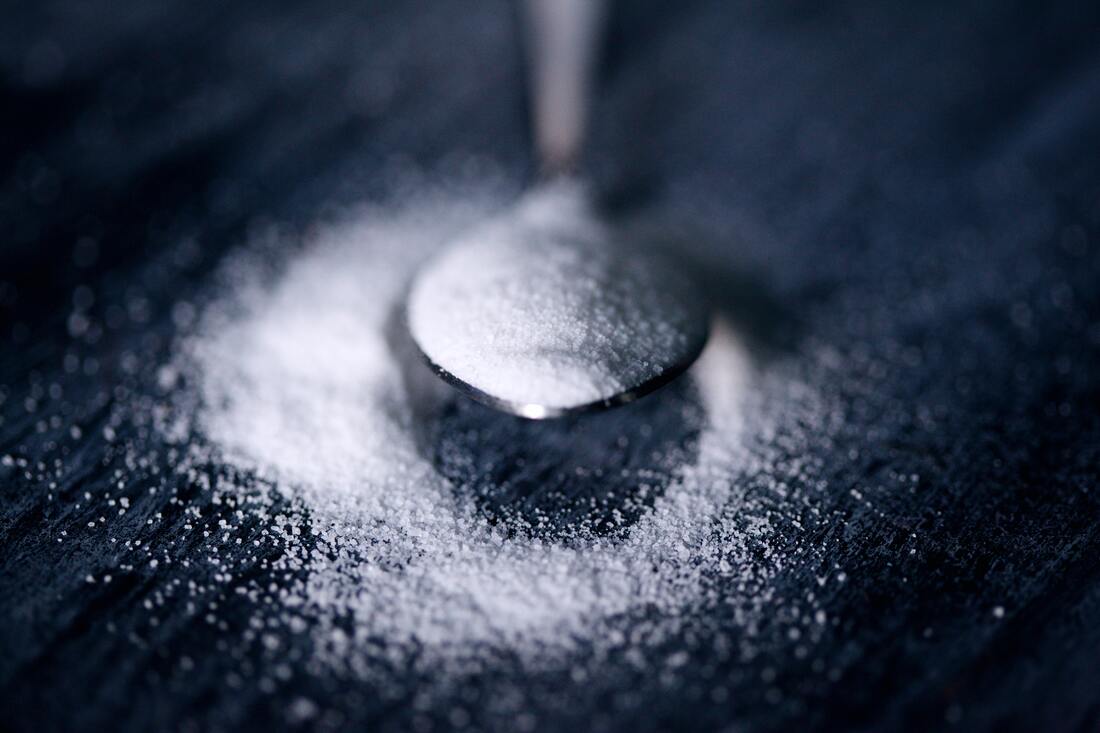
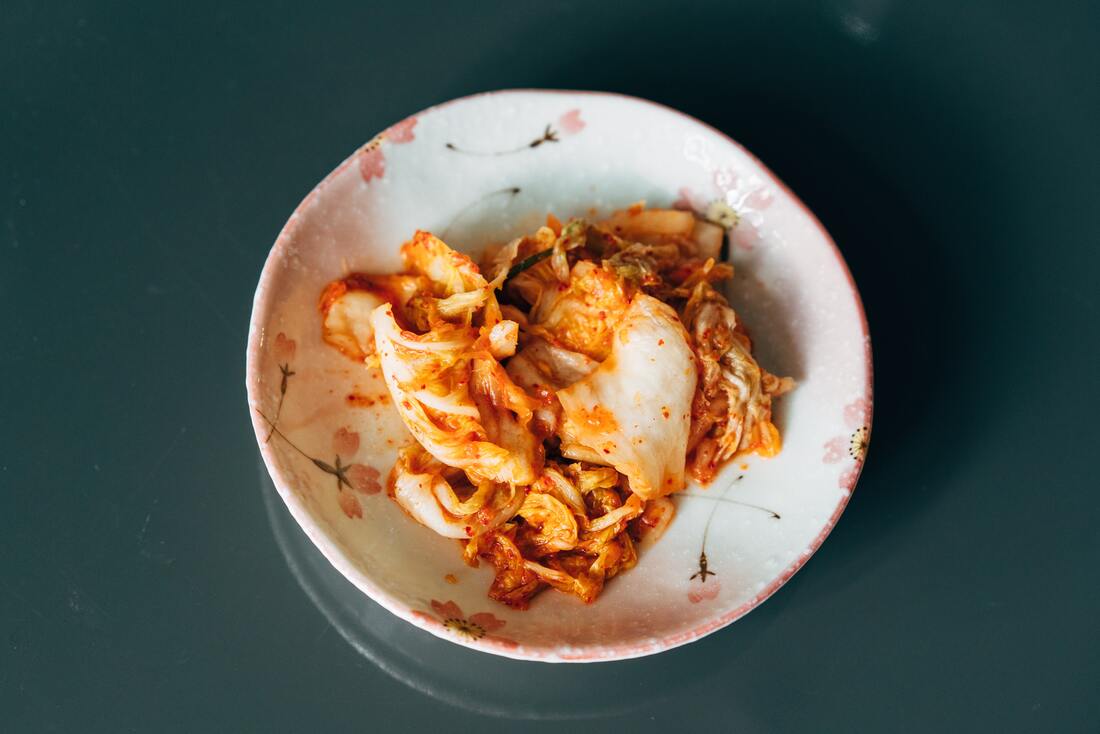

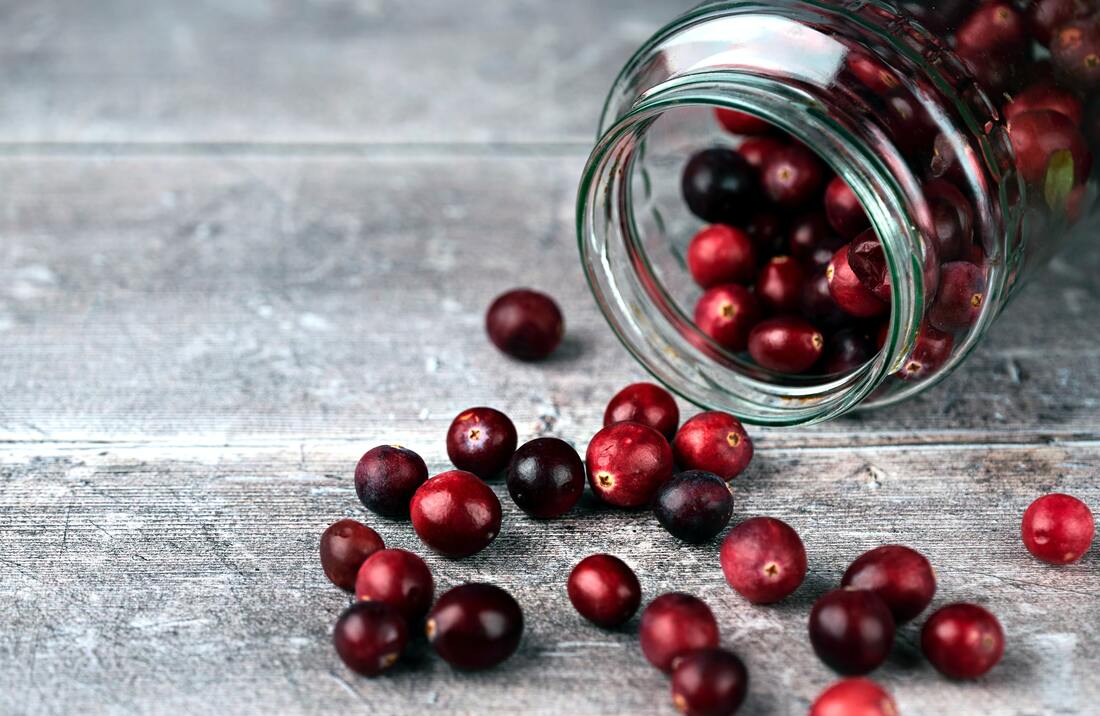

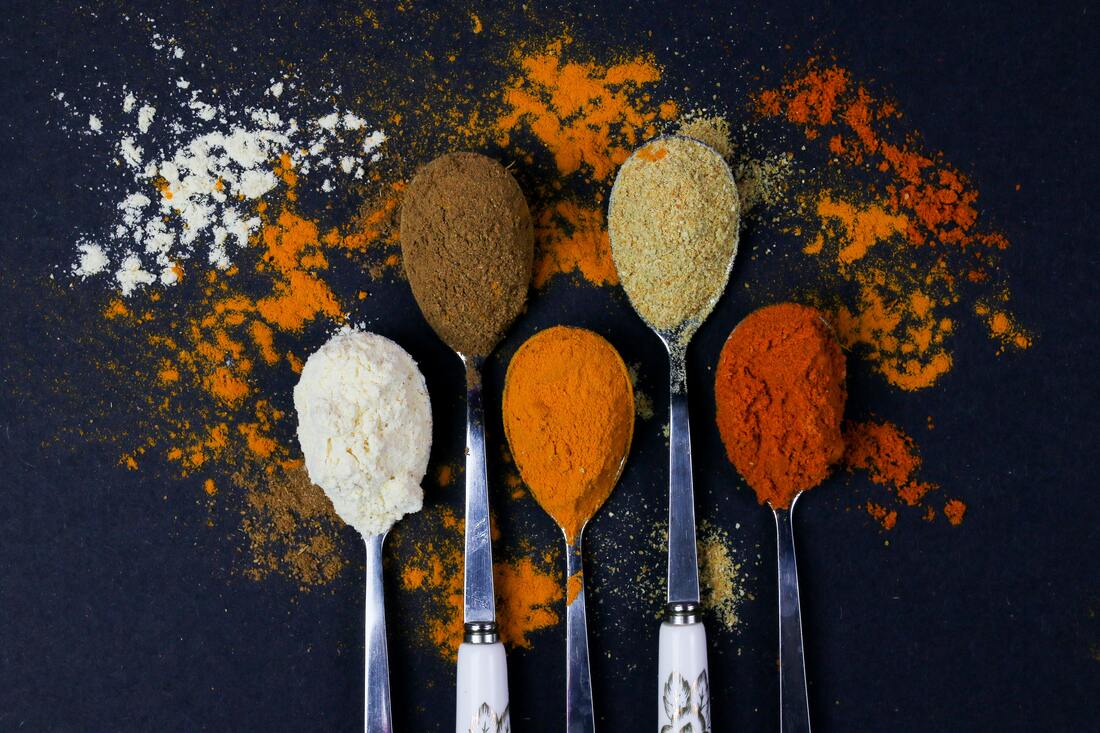
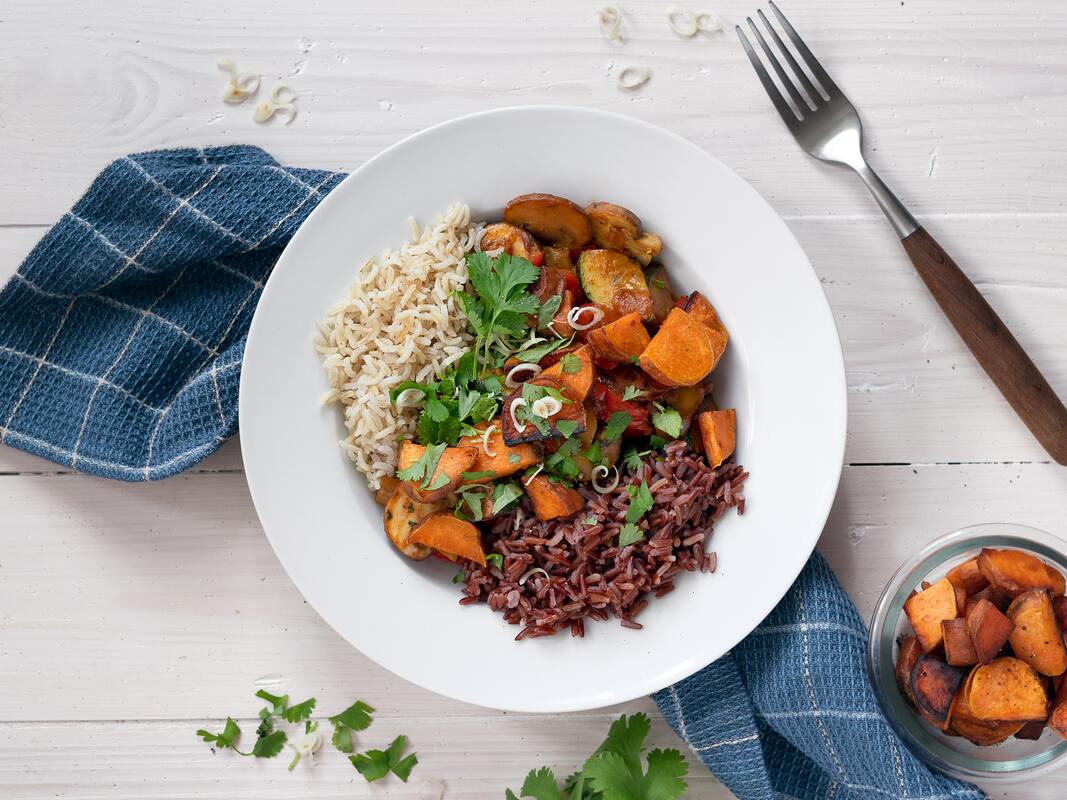
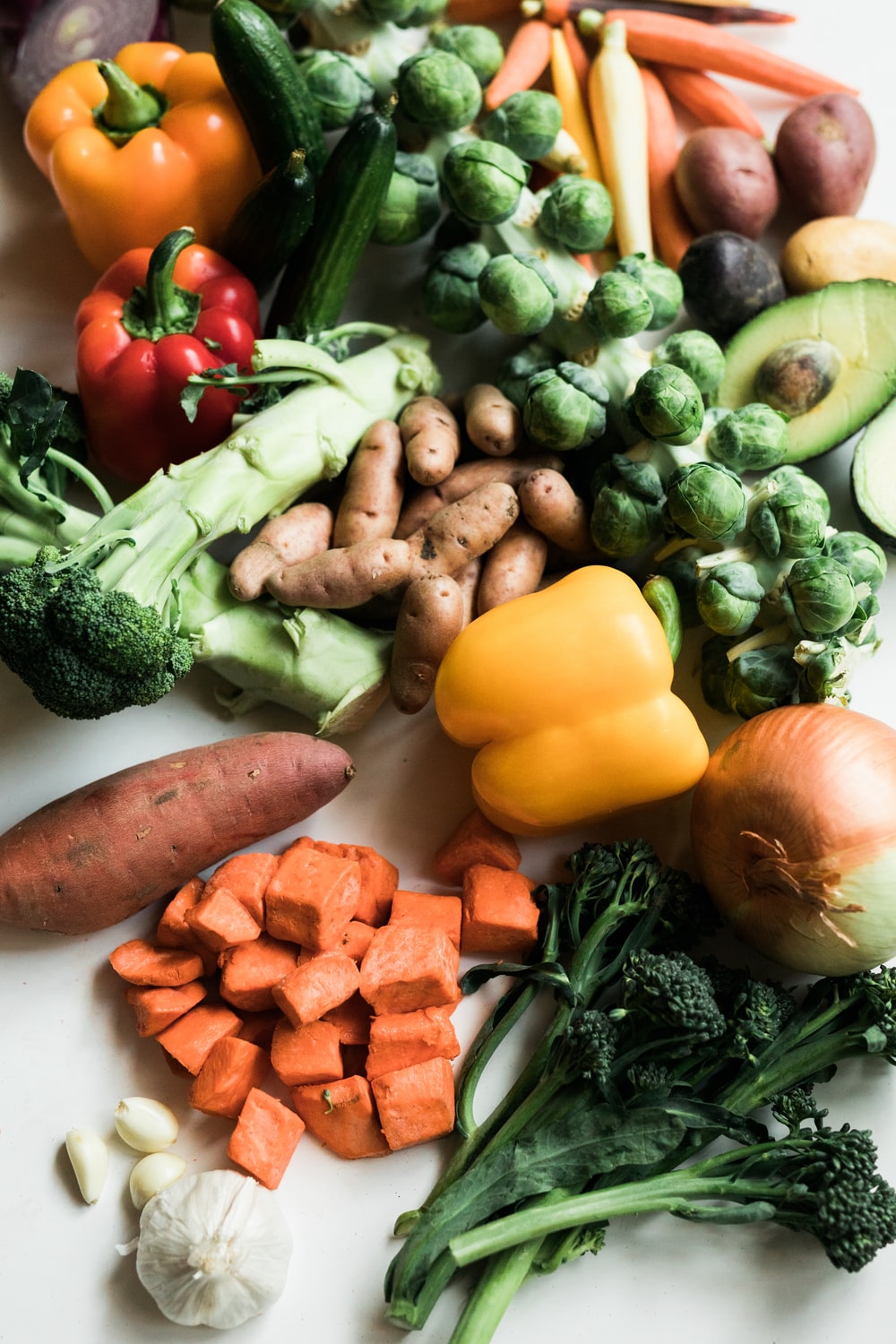
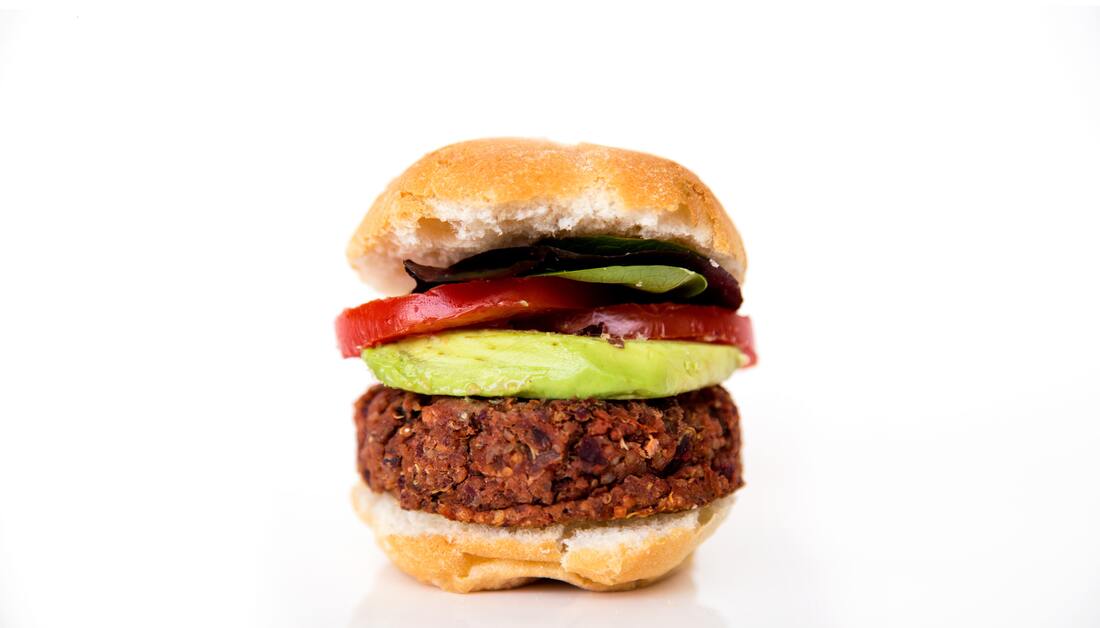
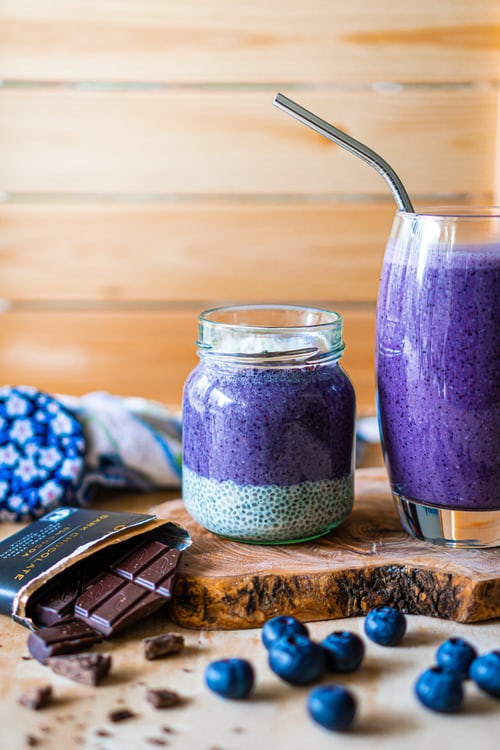
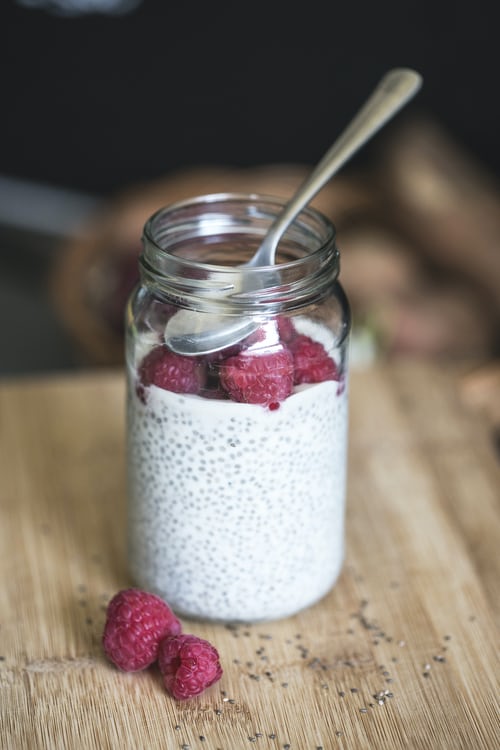
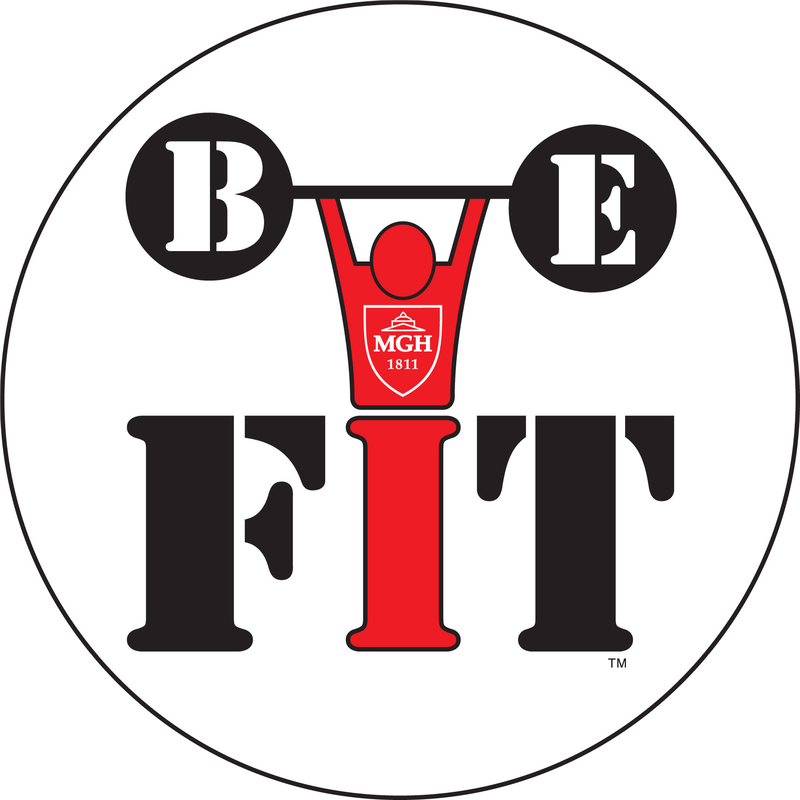
 RSS Feed
RSS Feed